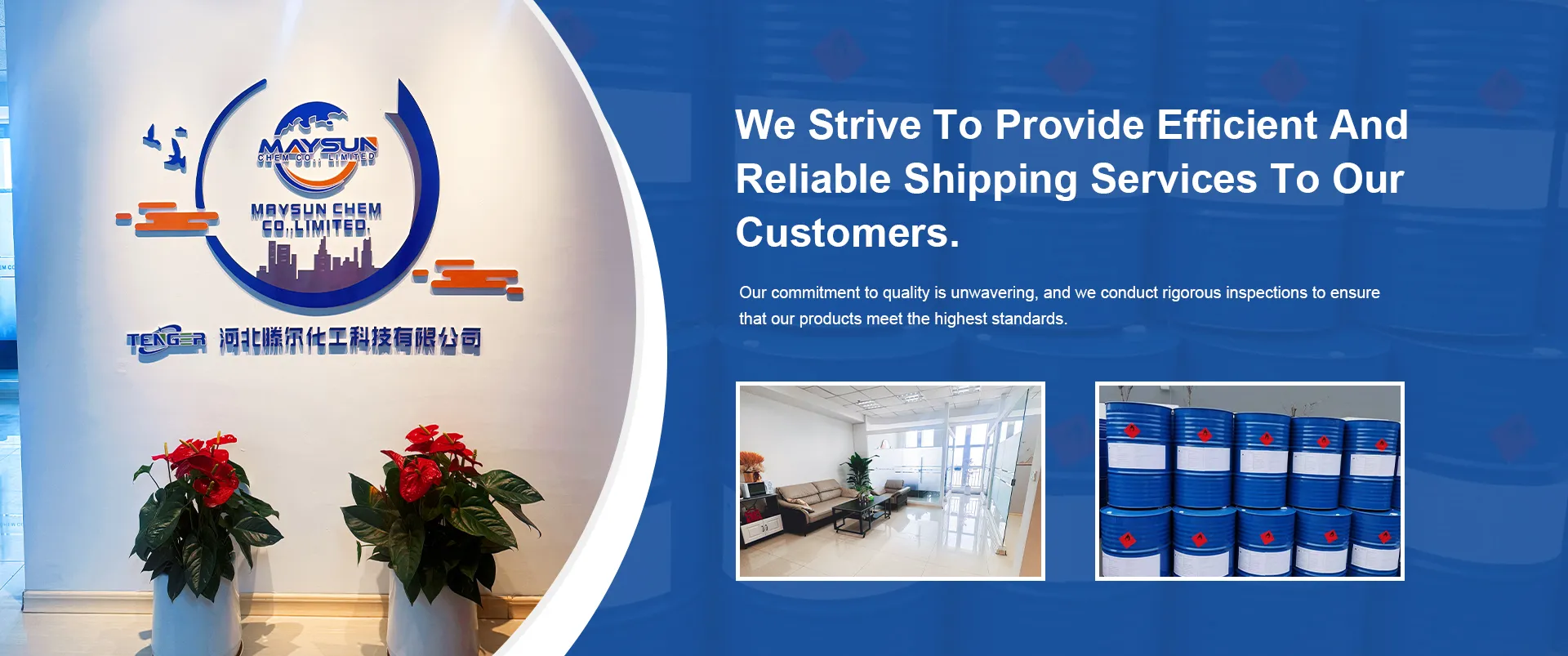
Exploring E123 Food Additive and Its Impact on Health and Safety
Understanding E123 Food Additive Benefits and Concerns
Food additives play a crucial role in the food industry, serving various functions from preserving freshness to enhancing flavor and appearance. One such additive is E123, also known as Amaranth, which is predominantly used as a colorant in a range of food products. While E123 offers several benefits, its use also raises health concerns that are worth examining.
What is E123?
E123 is a synthetic dye that belongs to the azo dye family, characterized by its vibrant red color. It is commonly used in the food industry to impart a reddish hue to products such as candies, beverages, and various processed foods. This aesthetic appeal plays a significant role in consumer choices, as visually attractive foods are often preferred. E123 is soluble in water and does not significantly affect the taste of food, making it an ideal choice for manufacturers looking to enhance visual appeal without altering flavor.
Benefits of E123
The primary advantage of E123 lies in its ability to make food items visually appealing. In a market saturated with options, attracting consumers' attention through appealing colors can provide a competitive edge for manufacturers. Moreover, the use of E123 can help stabilize color in shining, brightly colored products, which can sometimes lose their vibrancy during processing and storage.
In addition to aesthetic purposes, E123 can also contribute to product consistency. In the production of various food items, maintaining a consistent color is essential for brand identity. Using E123 ensures that consumers receive a product that looks the same each time they purchase it, thereby fostering brand loyalty.
Health Concerns
e123 food additive

Despite its advantages, the use of E123 is controversial, primarily due to its potential health risks. Many food additives, including E123, have come under scrutiny as public awareness about the impact of artificial ingredients on health increases. Research has indicated potential links between artificial colorants and behavioral issues in children, prompting some countries to impose restrictions on their use.
Furthermore, E123 has been banned in several countries due to concerns about its carcinogenic potential. The use of artificial dyes is a contentious issue, as their long-term health effects are not fully understood. Although regulatory agencies like the European Food Safety Authority (EFSA) have approved E123 for use in food, the ongoing debate about the safety of food additives remains a significant concern among consumers and health advocates.
Regulatory Measures
Regulatory measures vary widely by country regarding the use of E123 and other food additives. In the European Union, E123 is permitted but must be labeled clearly on food packaging, allowing consumers to make informed choices. In the United States, the Food and Drug Administration (FDA) has generally approved the use of E123 but also emphasizes the need for ongoing research to monitor any potential health risks.
As consumer awareness grows, there has been a marked shift towards natural food colorants. Many consumers are seeking products free from synthetic ingredients, leading manufacturers to explore alternatives such as beet juice, turmeric, and annatto for coloring. This shift reflects a broader trend toward healthier eating and greater concern for synthetic additives.
Conclusion
E123, as a food additive, exemplifies the dual nature of food technology—offering benefits in terms of aesthetics and product consistency while posing potential health risks. The food and beverage industry must strive to balance these aspects, prioritizing consumer safety while also meeting market demands for visually appealing products. As ongoing research sheds light on the implications of synthetic food additives, it is essential for consumers to stay informed and make choices that align with their health and wellness goals. Ultimately, the evolution of food additives like E123 will continue to influence how food is produced and consumed in an increasingly health-conscious society.
-
Pure Sodium Dichloroisocyanurate Dihydrate | Powerful DisinfectantNewsAug.29,2025
-
Industrial Chemicals: Quality & Purity for Every IndustryNewsAug.28,2025
-
Nitrile Rubber Honoring Strict Production StandardsNewsAug.22,2025
-
Aspartame Ingredients Honoring Food Safety ValuesNewsAug.22,2025
-
Fertilizer for Balanced Plant NutritionNewsAug.22,2025
-
Cyanide Gold Processing with High Purity AdditivesNewsAug.22,2025
-
Formic Acid in Textile Dyeing ApplicationsNewsAug.22,2025
Hebei Tenger Chemical Technology Co., Ltd. focuses on the chemical industry and is committed to the export service of chemical raw materials.
-

view more DiethanolisopropanolamineIn the ever-growing field of chemical solutions, diethanolisopropanolamine (DEIPA) stands out as a versatile and important compound. Due to its unique chemical structure and properties, DEIPA is of interest to various industries including construction, personal care, and agriculture. -

view more TriisopropanolamineTriisopropanolamine (TIPA) alkanol amine substance, is a kind of alcohol amine compound with amino and alcohol hydroxyl, and because of its molecules contains both amino and hydroxyl. -

view more Tetramethyl Thiuram DisulfideTetramethyl thiuram disulfide, also known as TMTD, is a white to light-yellow powder with a distinct sulfur-like odor. It is soluble in organic solvents such as benzene, acetone, and ethyl acetate, making it highly versatile for use in different formulations. TMTD is known for its excellent vulcanization acceleration properties, which makes it a key ingredient in the production of rubber products. Additionally, it acts as an effective fungicide and bactericide, making it valuable in agricultural applications. Its high purity and stability ensure consistent performance, making it a preferred choice for manufacturers across various industries.





